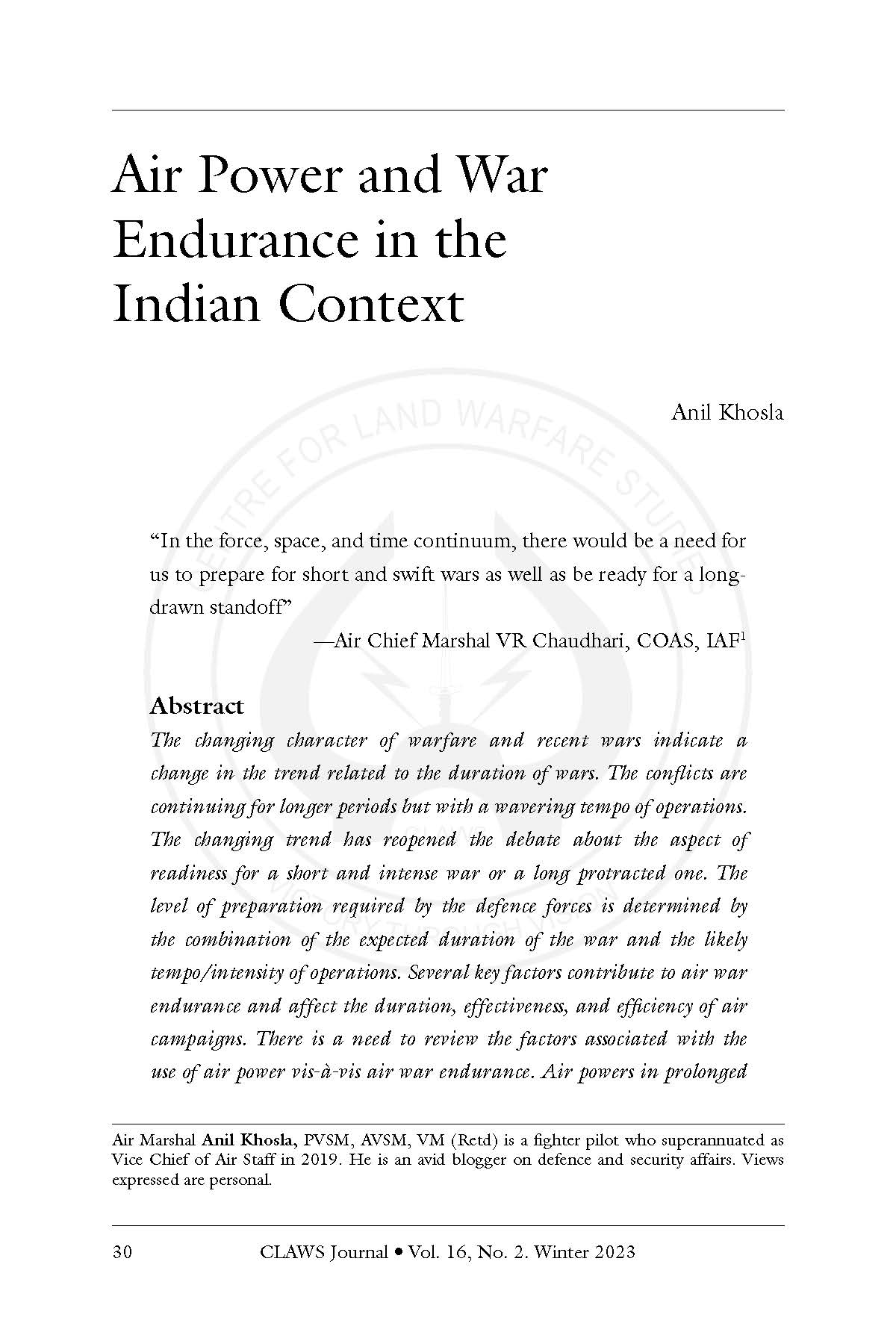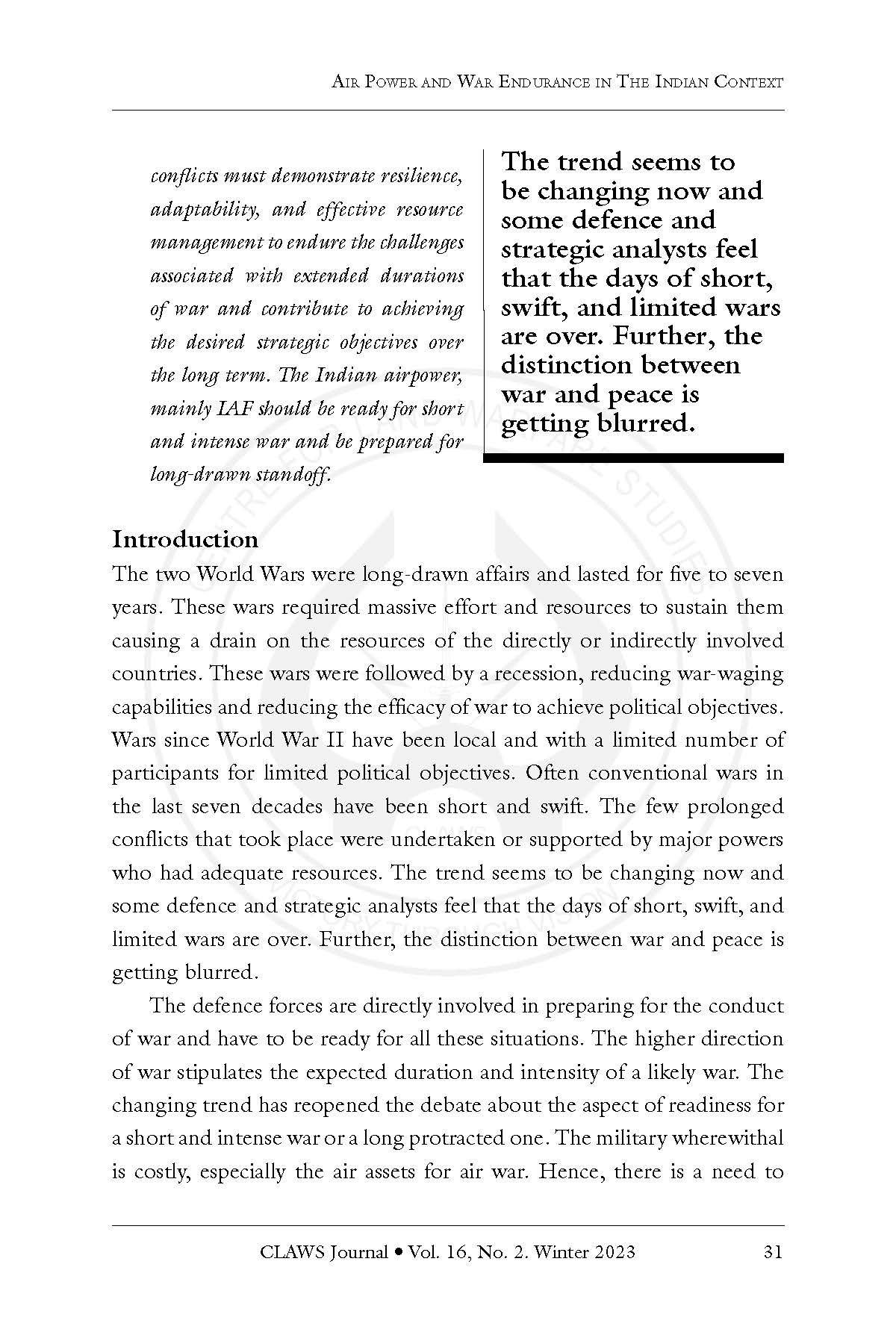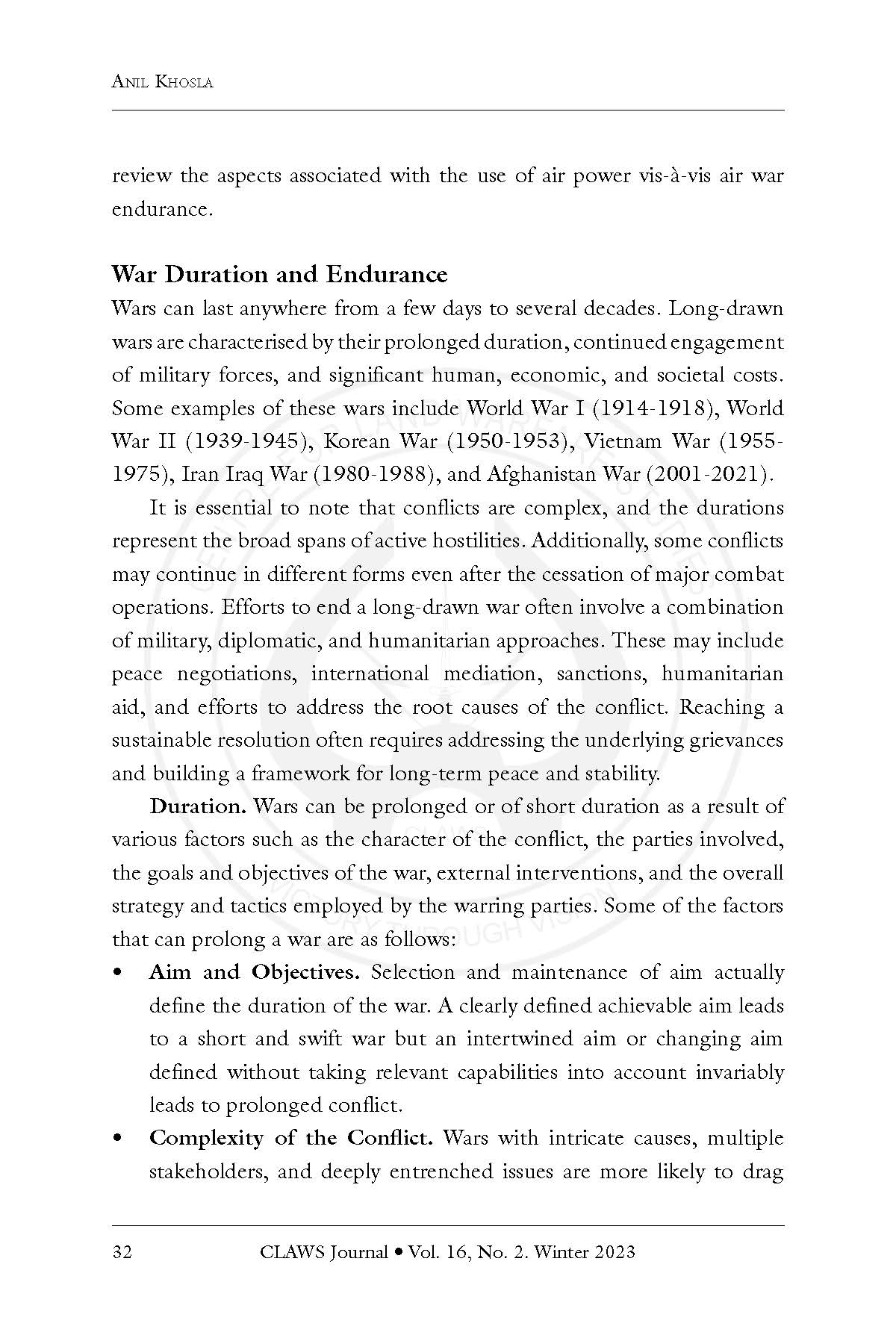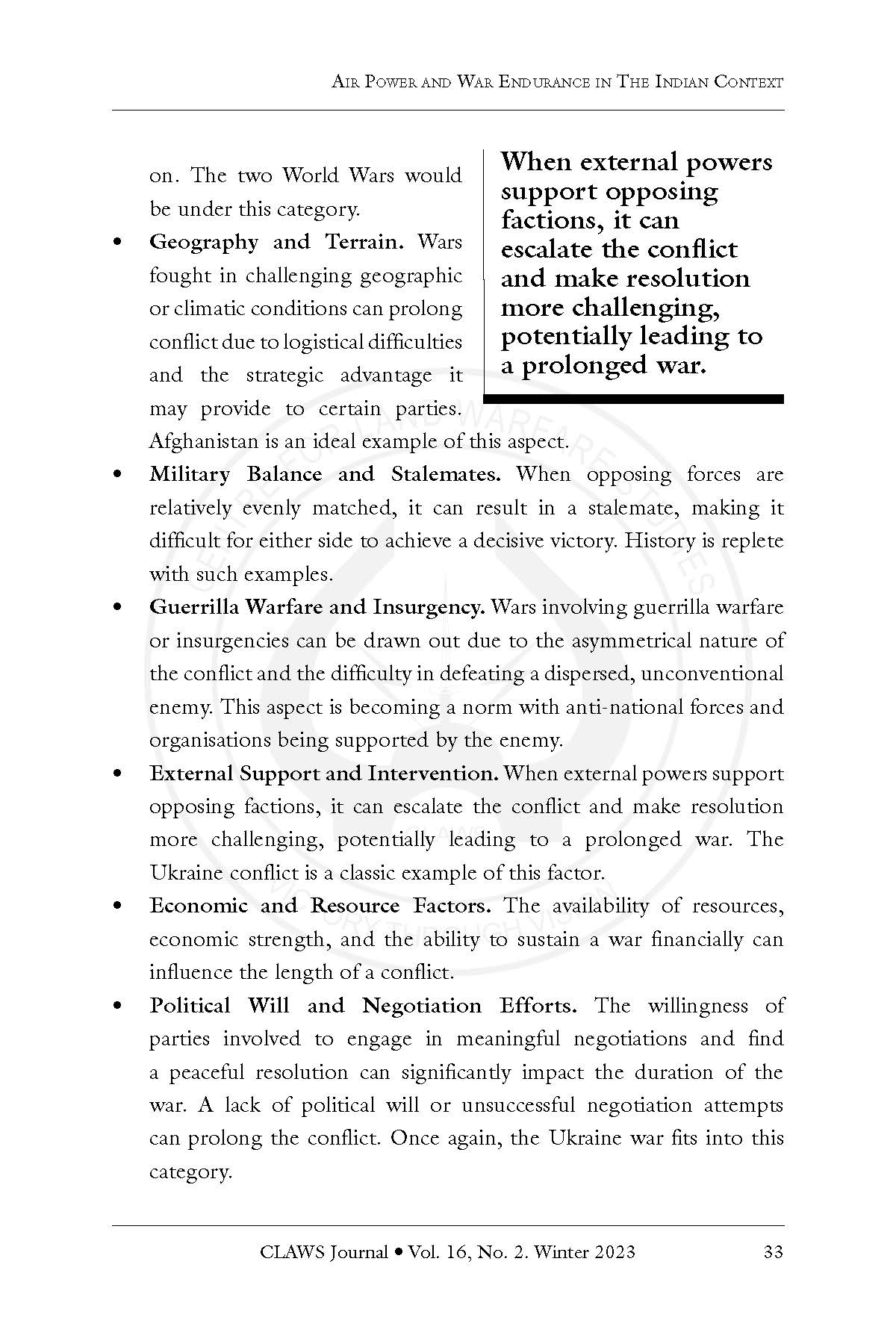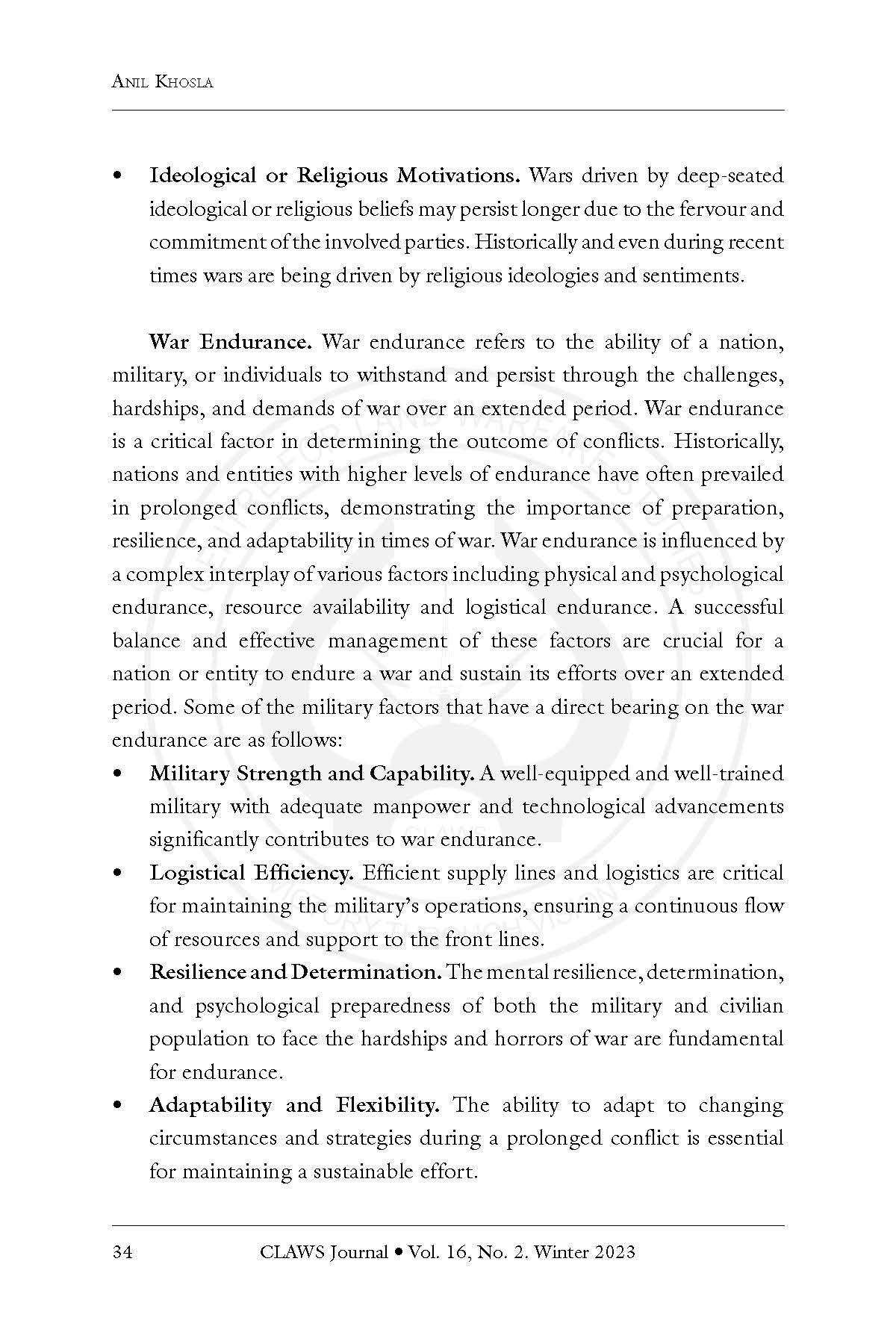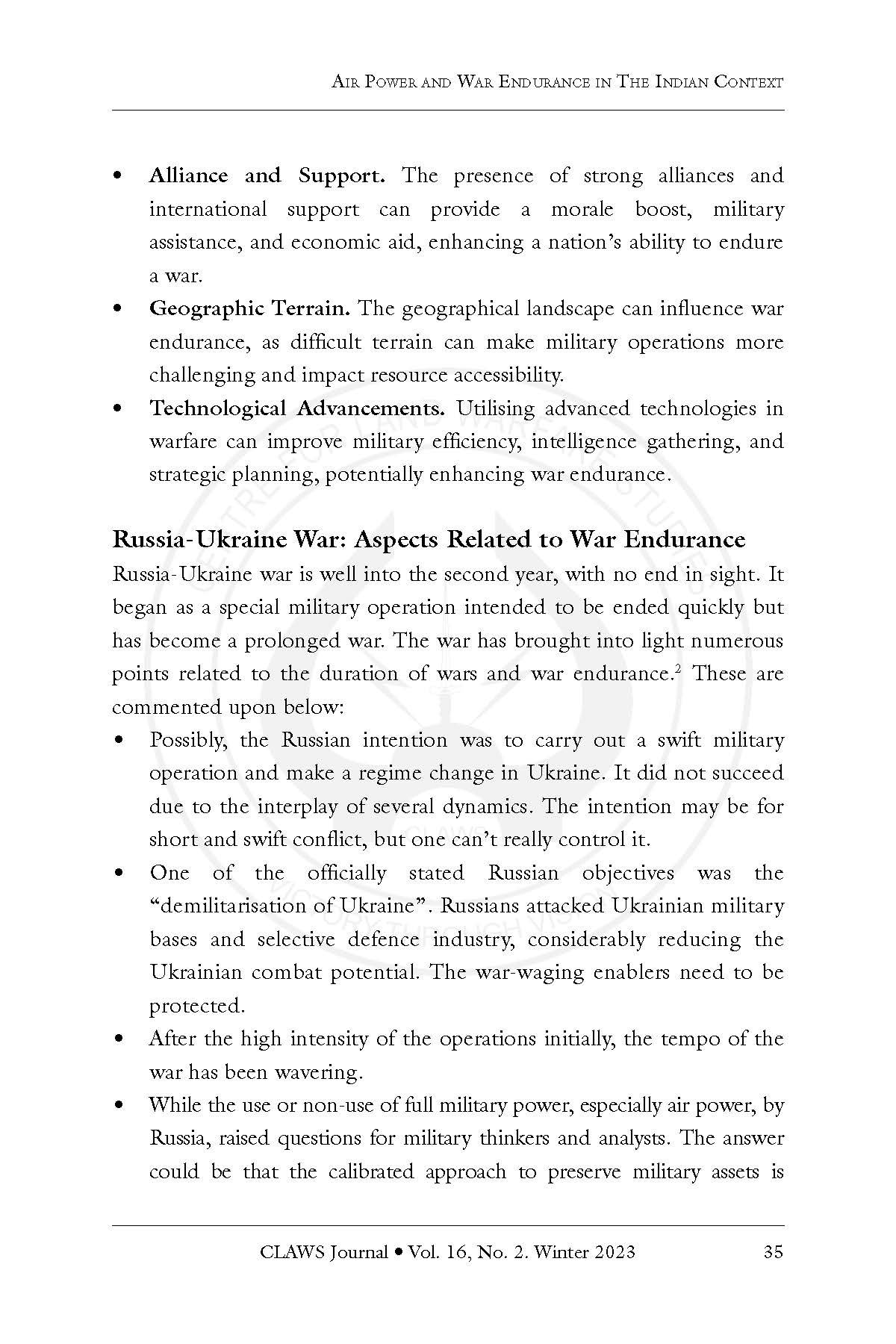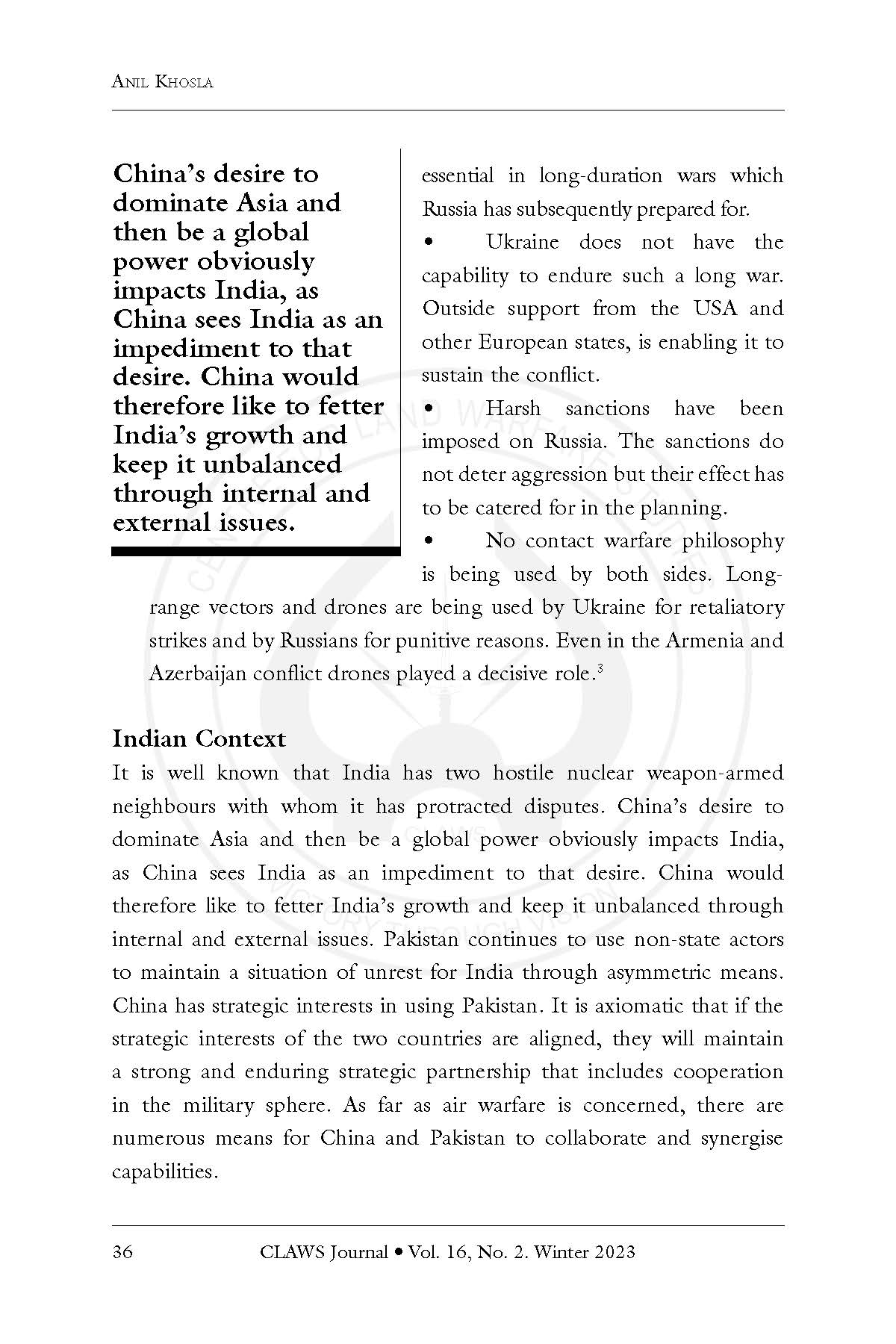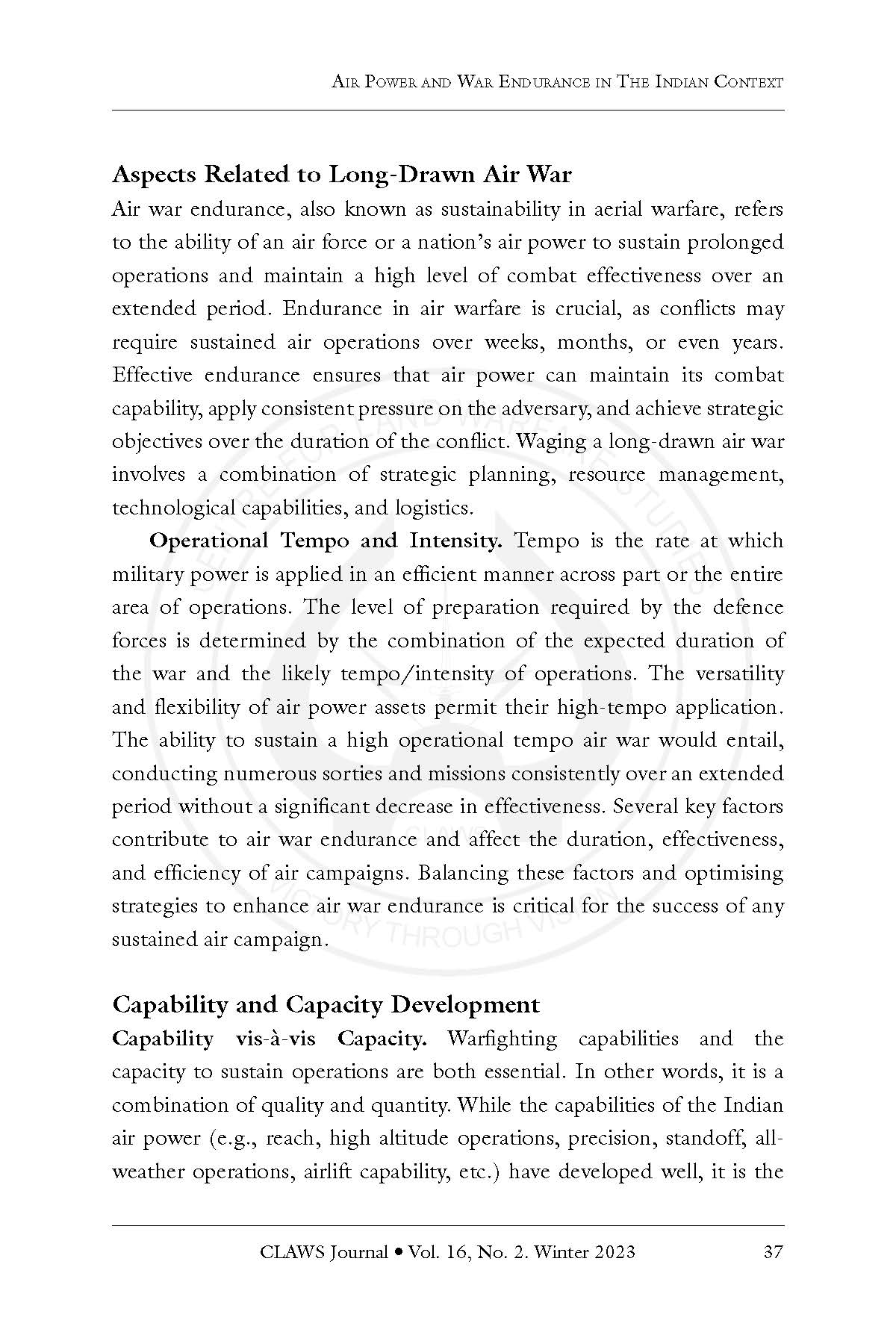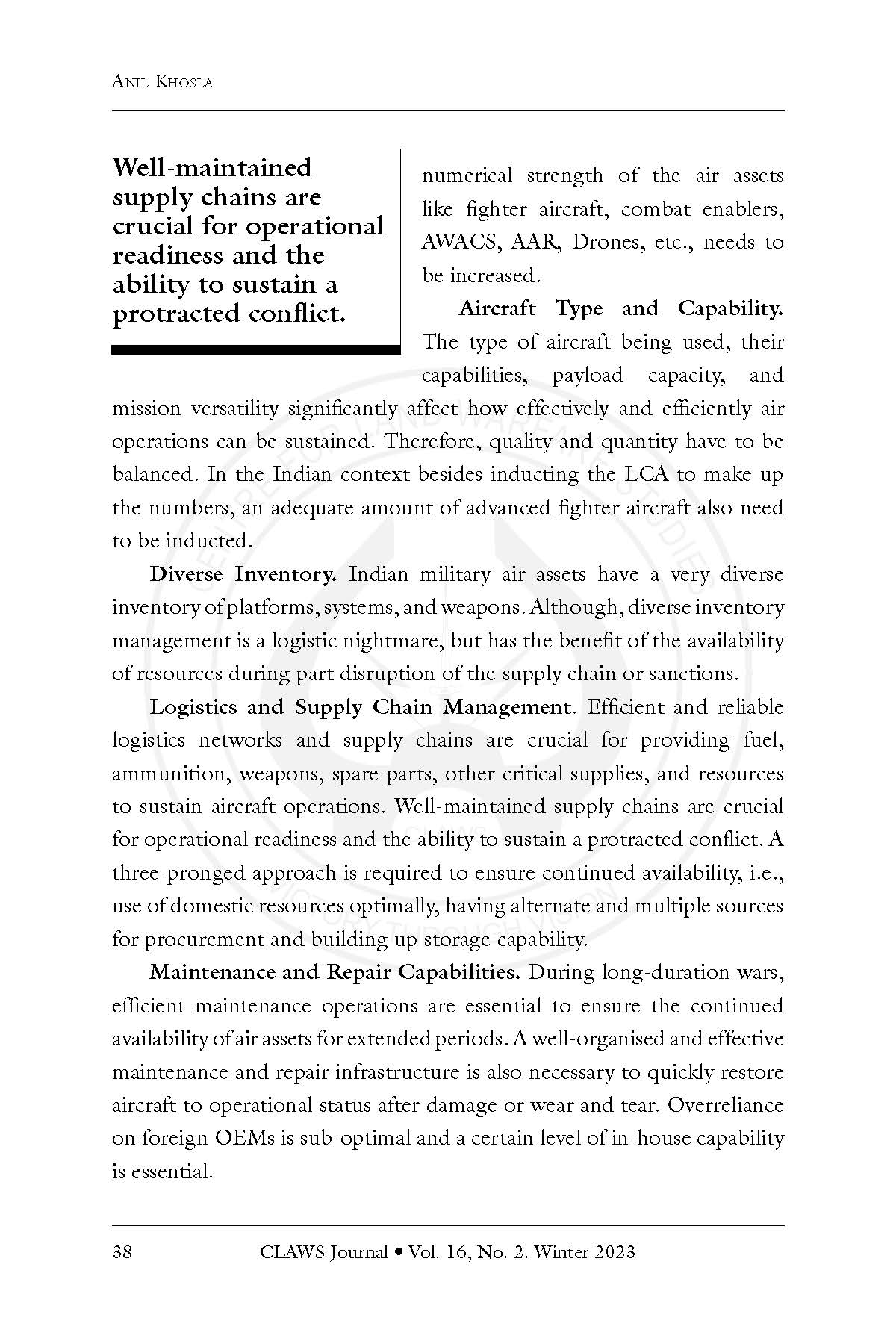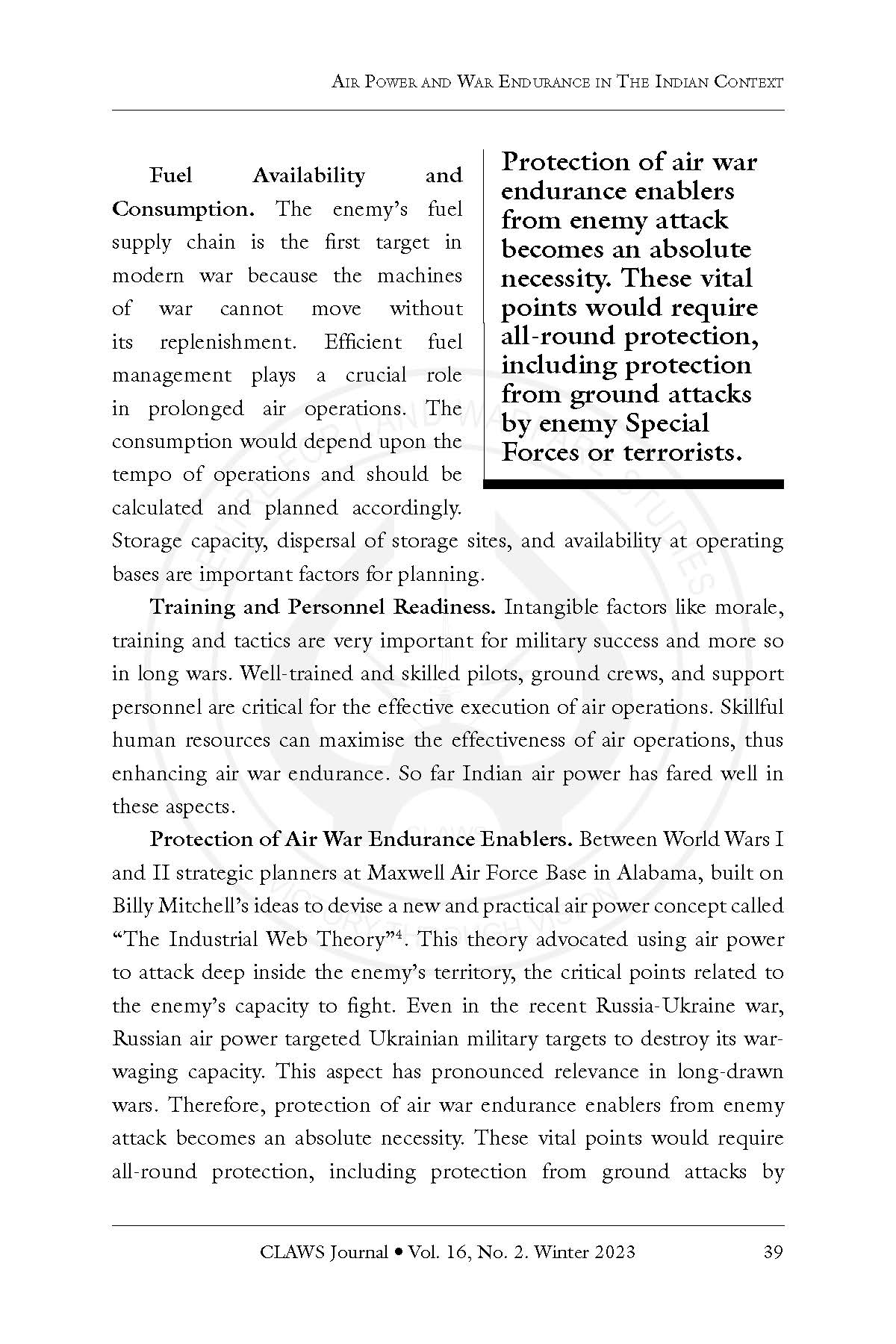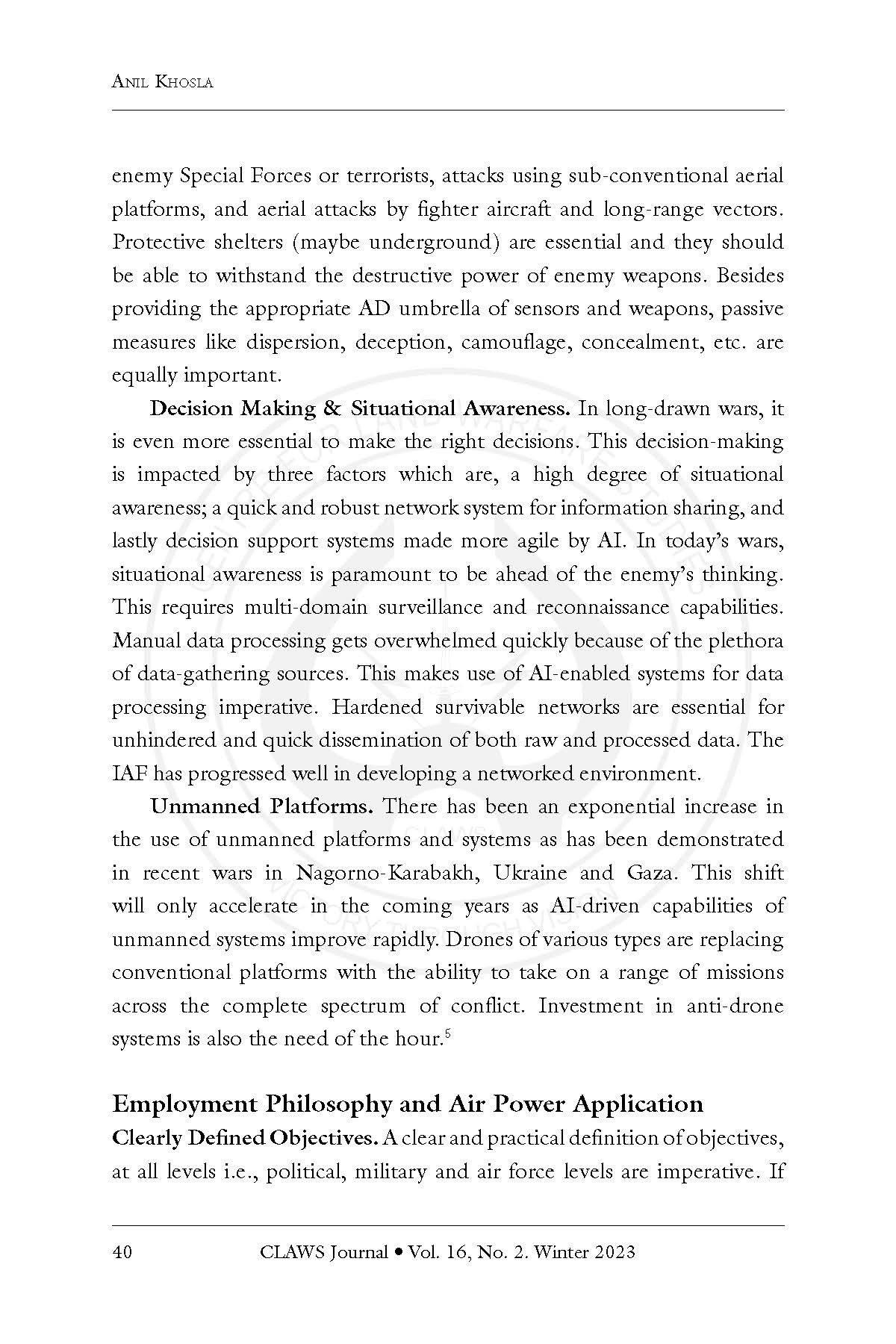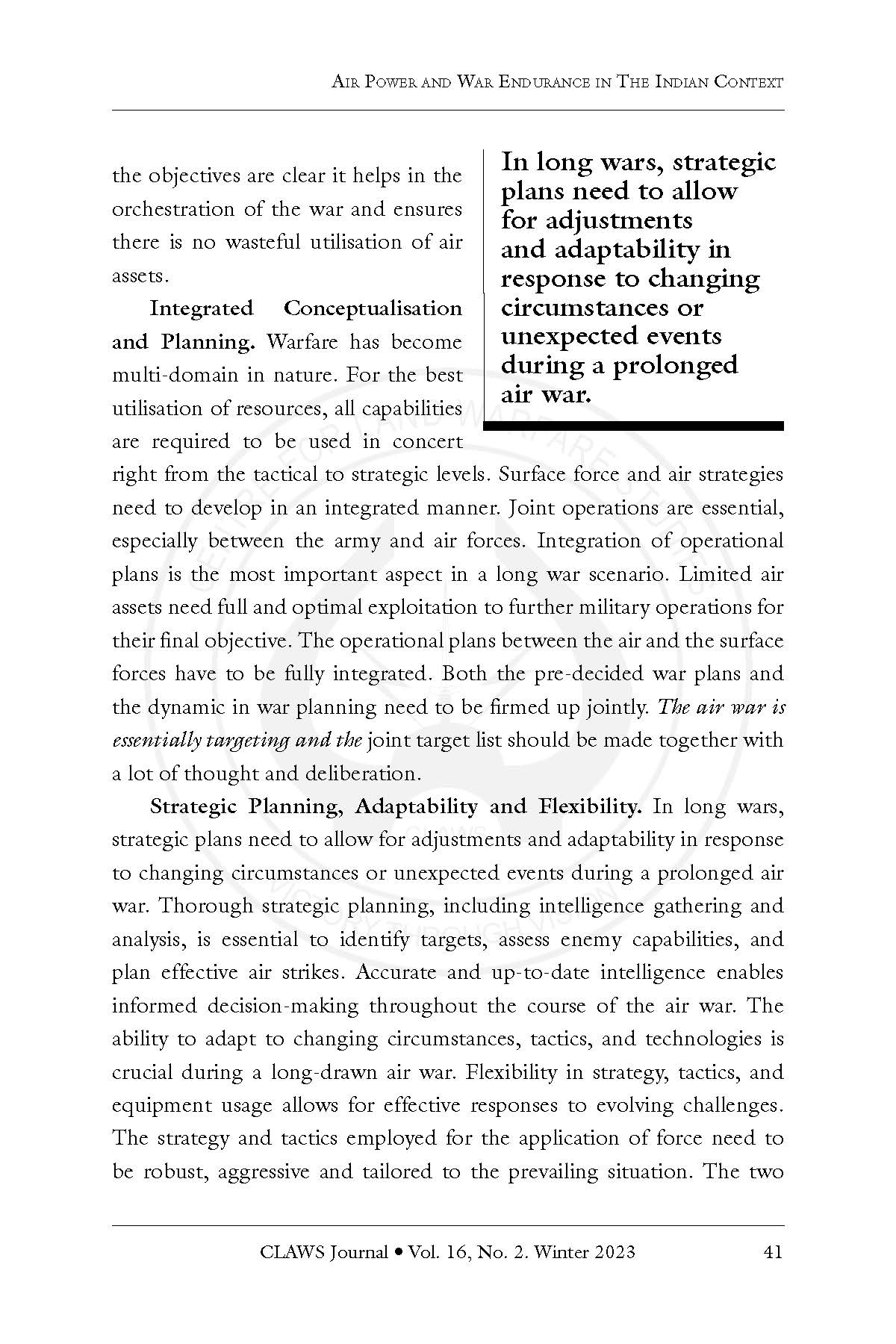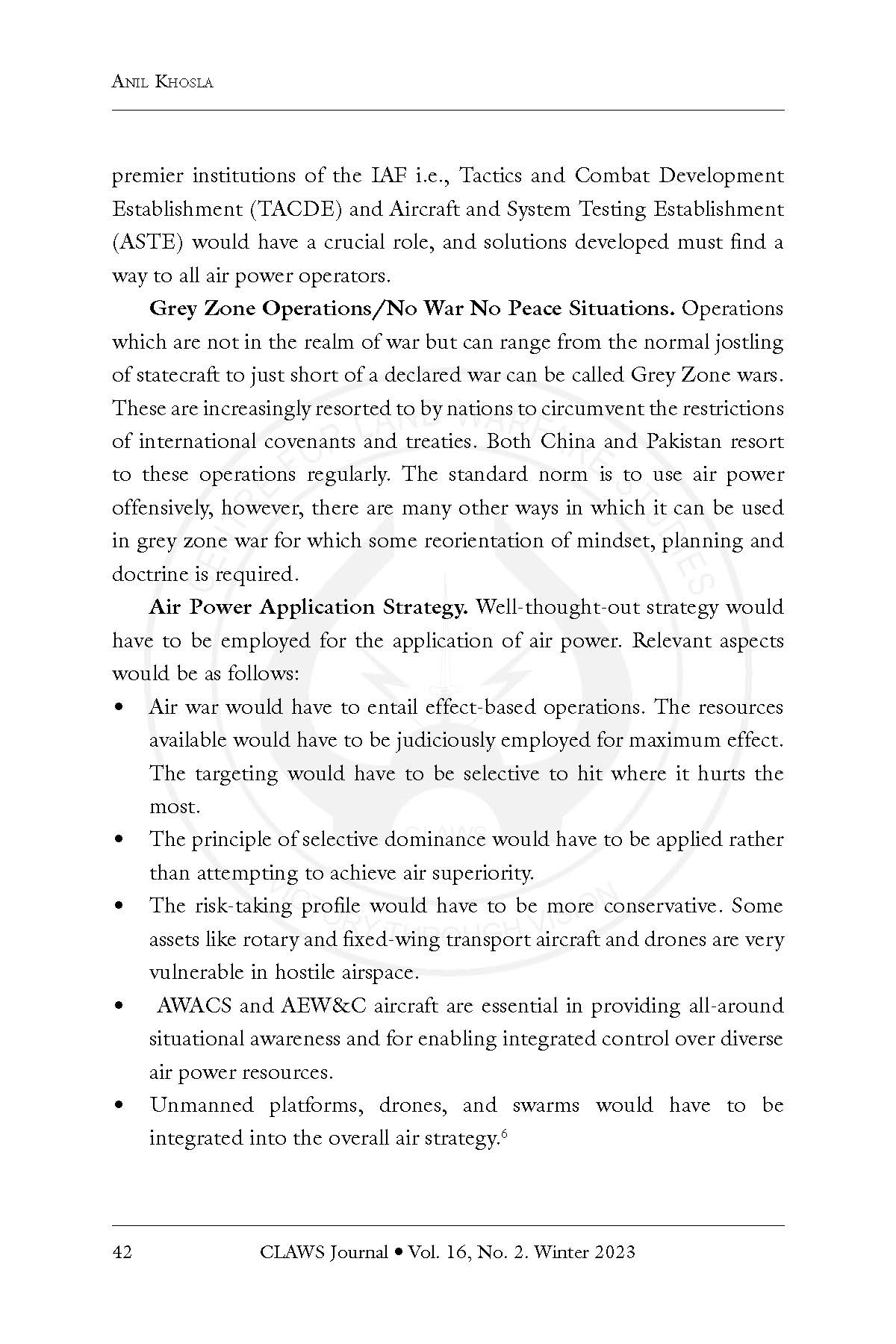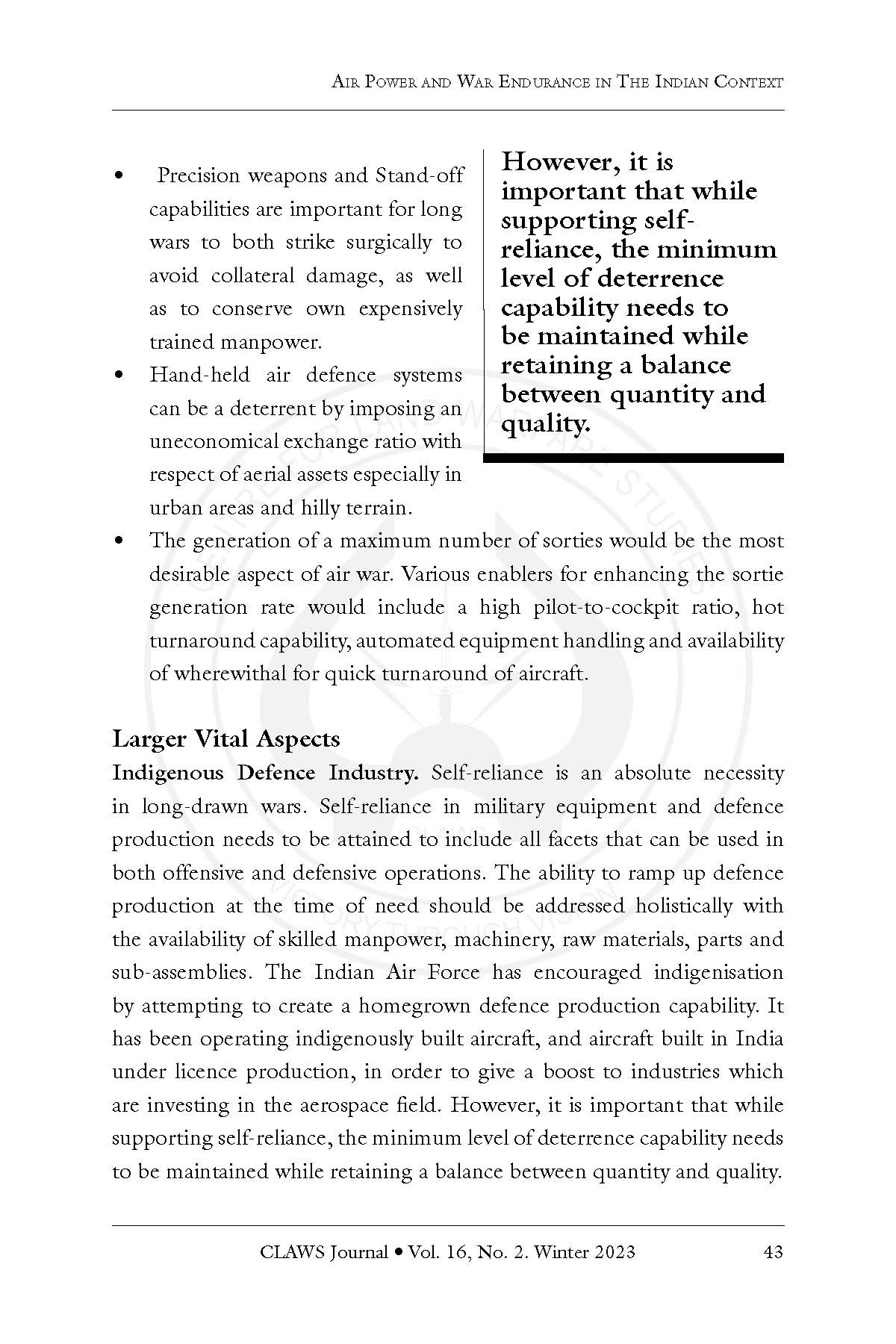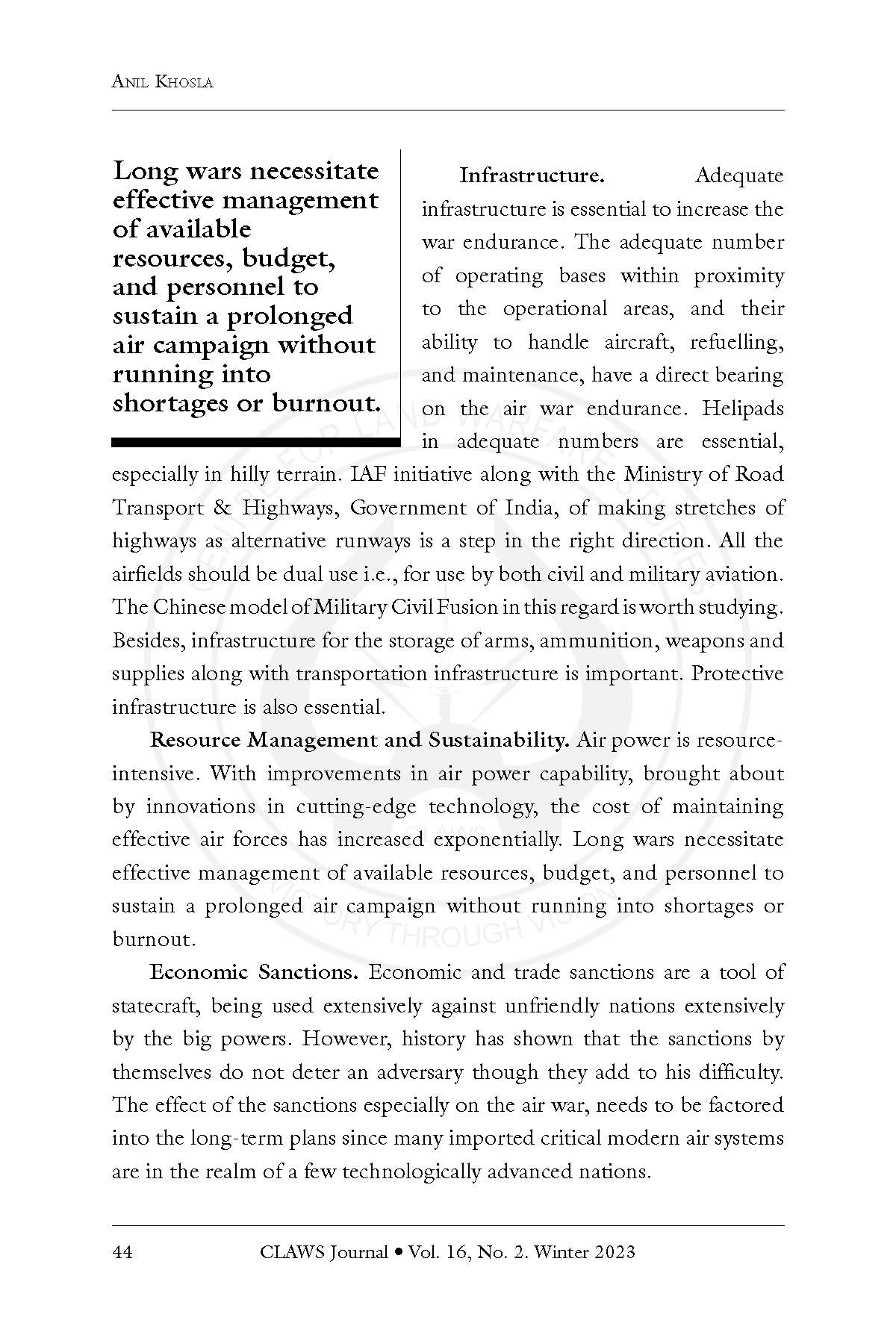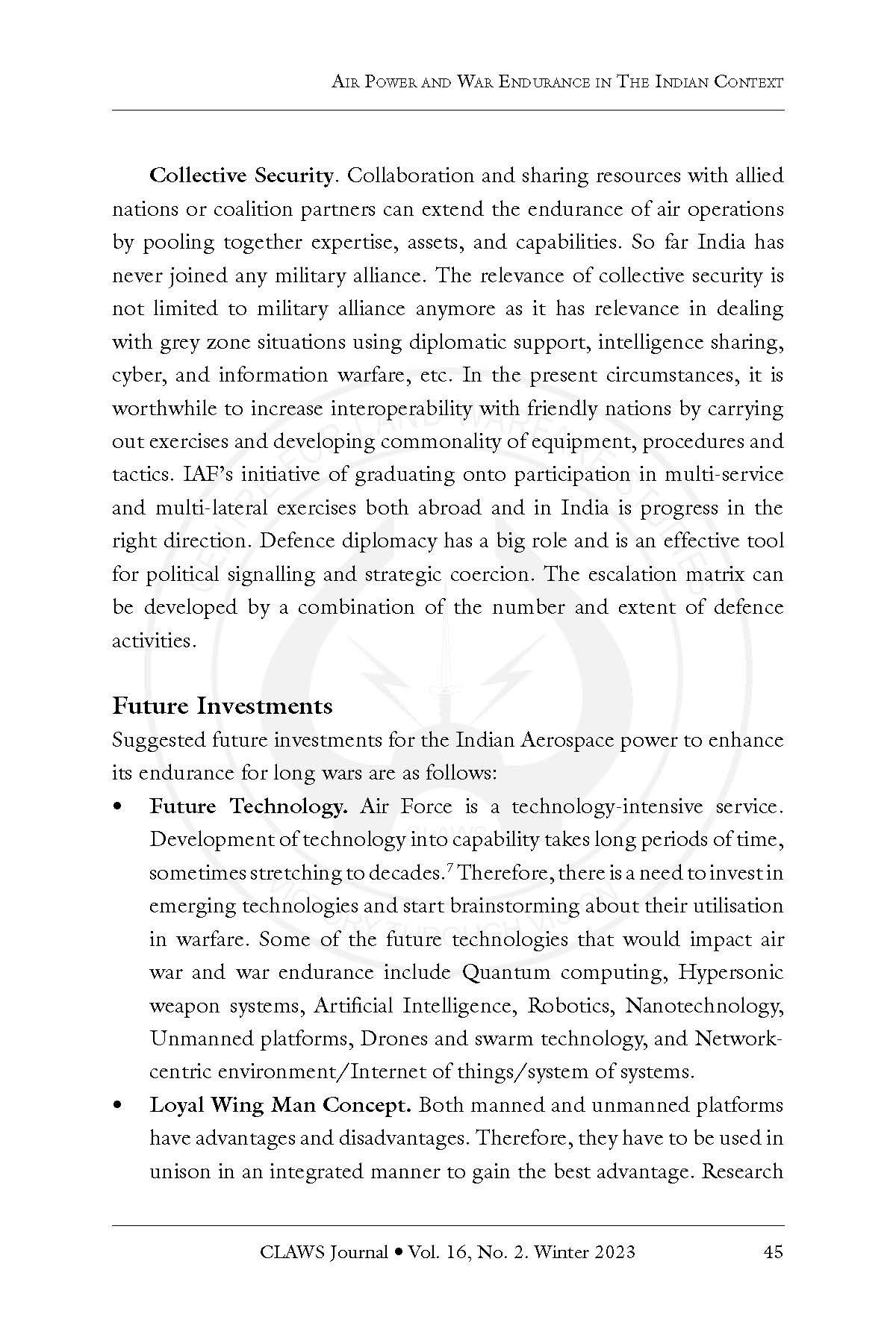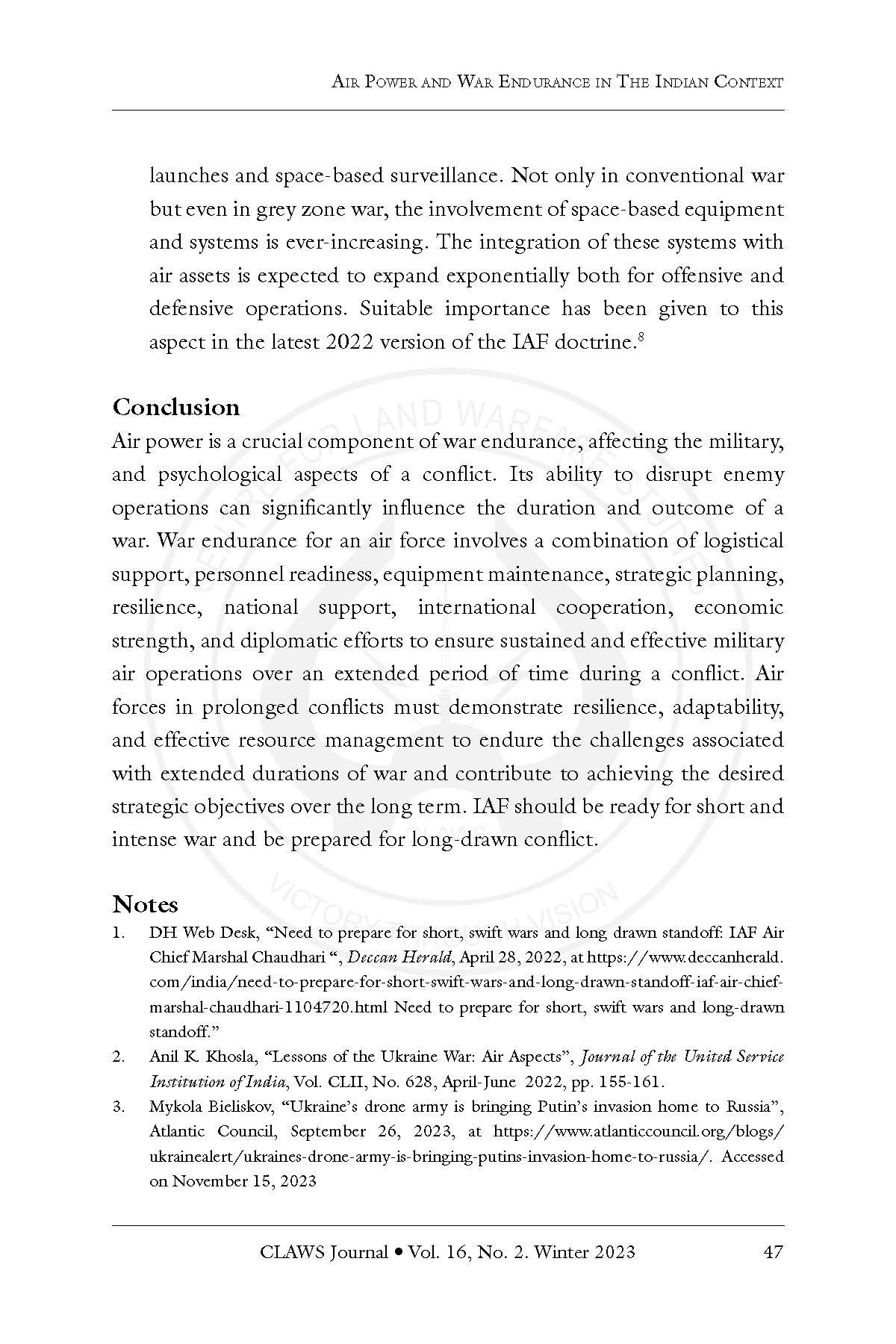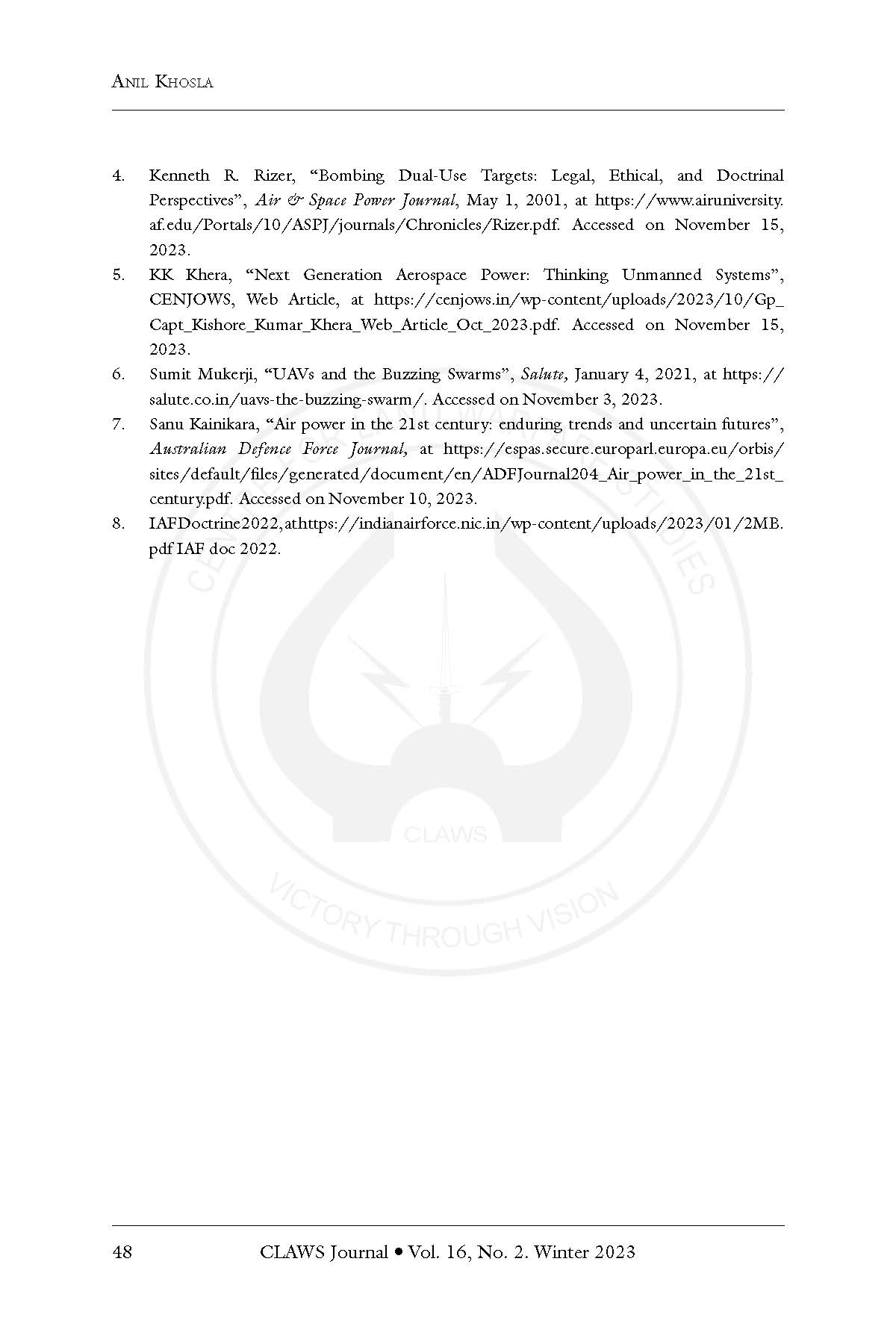How time flies?
Five years have gone past after the IAF strike on the Terrorist’s camp at Balakot in Pakistan. The sequence of events are so deeply etched on the mind that it feels they have occurred yesterday.
Remembering Balakot Strike in conversation with Shiv Aroor.
Please click on the link below:-
Here is the link to the previous post on the subject:-
Suggestions and value additions are most welcome
For regular updates, please register here
References and credits
To all the online sites and channels.
Disclaimer:
Information and data included in the blog are for educational & non-commercial purposes only and have been carefully adapted, excerpted, or edited from sources deemed reliable and accurate. All copyrighted material belongs to respective owners and is provided only for purposes of wider dissemination.


